We have all decluttered our space, but eco-friendly decluttering takes a little more consideration.
Here at Product Care Recycling, we’re all for living a more organised life. But, you may be wondering where all that unwanted stuff really goes. If you want to tidy up but don’t want to send your unwanted belongings to landfill, we’re here to help! Here are 5 eco-friendly decluttering tips that will ensure that you’re helping – not hurting – the planet.
1. Break it down into manageable chunks
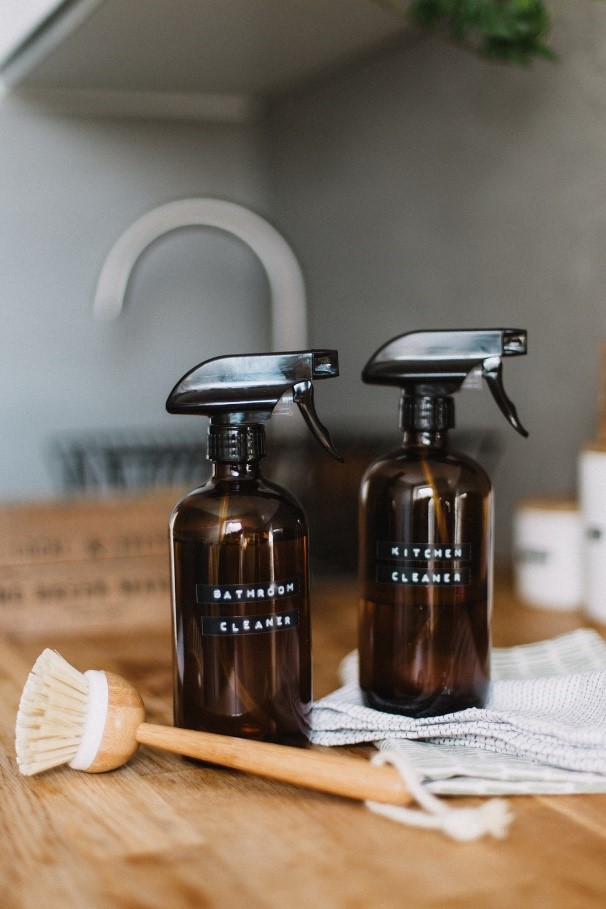
Trying to conquer your clutter after it’s accumulated through the winter may feel overwhelming, so don’t feel you need to do everything all at once. Here’s a handy list to help you fit spring cleaning into your schedule – just doing one thing a day for 30 days adds up over time. Both cleaning and decluttering aspects are covered – for example, on day one, just dust everything!
Tackling your clutter in small, manageable chunks will help you be conscious of what you do and don’t use in your life. We also like the idea of placing everything in a pile in an unused area of your home (or covering it up) to see whether you reach for it within 30 days or can part with it for good. As well as helping you emotionally detach from unneeded items, this will prevent you from discarding something now and later realising you’ll have to buy it again! Cutting down on the stuff we buy is key in eco-friendly decluttering.
2. Donate purposefully
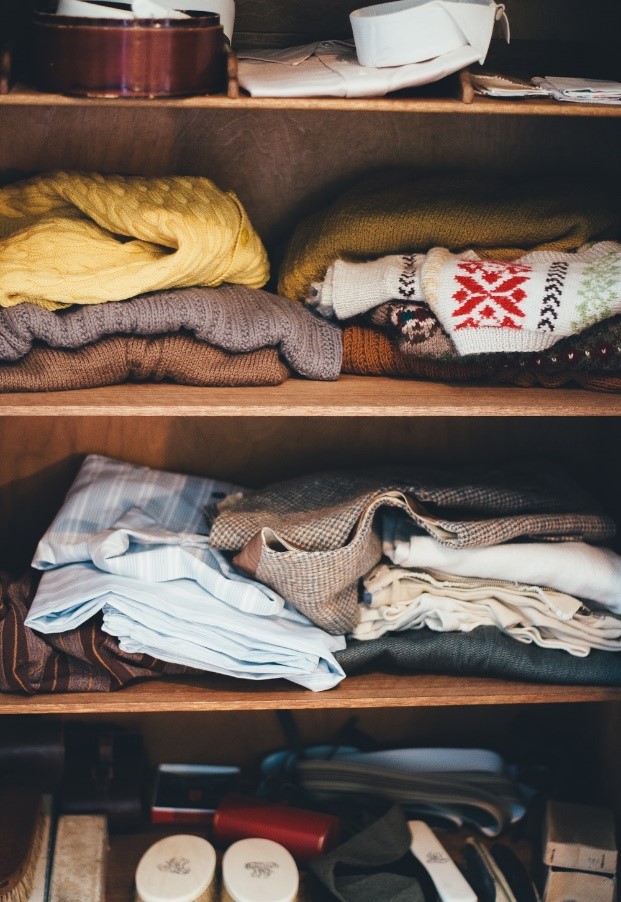
So you’ve made a pile of possessions that don’t “spark joy”, left them for 30 days, and decided you’re ready to part ways. What now? There are so many ways to get rid of your stuff; it may seem difficult to ensure you’re making the most environmentally-friendly choice.
If you have clothes to discard, good quality items should be donated as they’re more likely to be resold. Lower quality items can be reused in other ways. This comprehensive post from Kathryn Kellogg talks through the eco-friendly decluttering options for all types of wardrobe goodbyes.
If you have unwanted paint, or leftover household hazardous waste, light bulbs or smoke alarms, we can help with that! If you take your unwanted paint to a participating PaintShare location, it could even be reoffered to others who want to use it! These days, many other items are recyclable too, such as small and large appliances, outdoor power equipment, electronics, and even office supplies.
If your possessions are still in good working order, a better option may be to find a new use for them. For more information, see this list of ways to avoid the landfill when minimising your stuff.
3. Fix what’s broken instead of replacing it
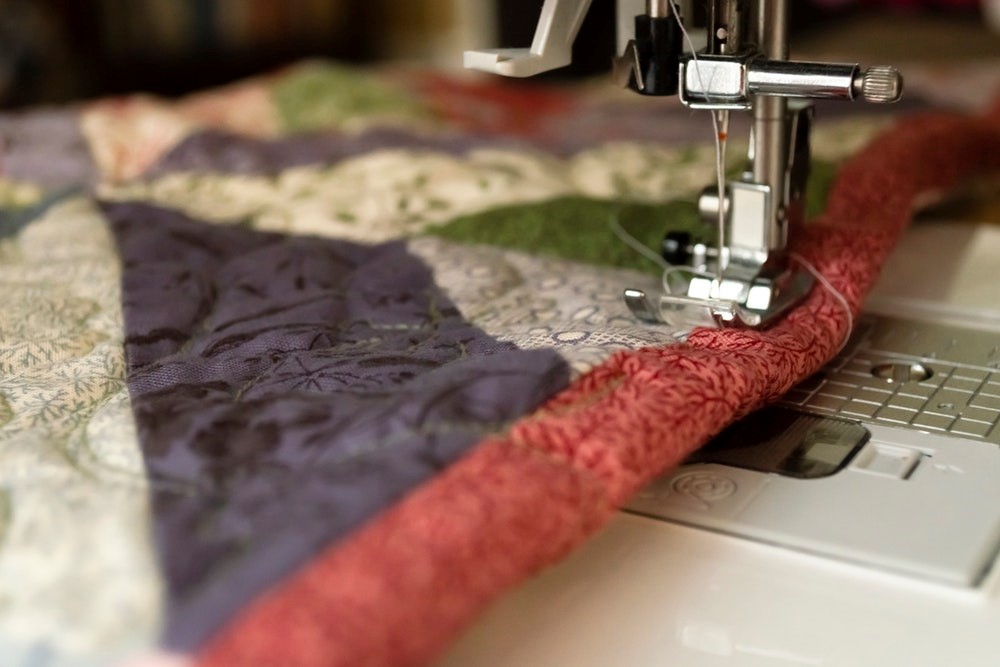
Snagged a thread in your favourite dress, or have a toaster that’s toasted? Consider repair before getting rid of items that aren’t working as they should be.
Our friends at ElectroRecycle have written a handy guide to repairing your items, which is an overlooked but vital component of the waste reduction hierarchy. It’s increasingly common to find local initiatives that will teach you how to repair just about anything; this includes clothes, electronics, kitchenware, camera equipment and much more. Read our post on the circular economy for more information on how to find them.
Learning to make repairs yourself is not only empowering, but it also saves you money by preventing the need to buy something new. You could even end up contributing to ifixit.com, a wiki-style database aiming to empower us to fix our items ourselves, without having to send them off for expensive repairs.
4. Be conscious of “inflow”
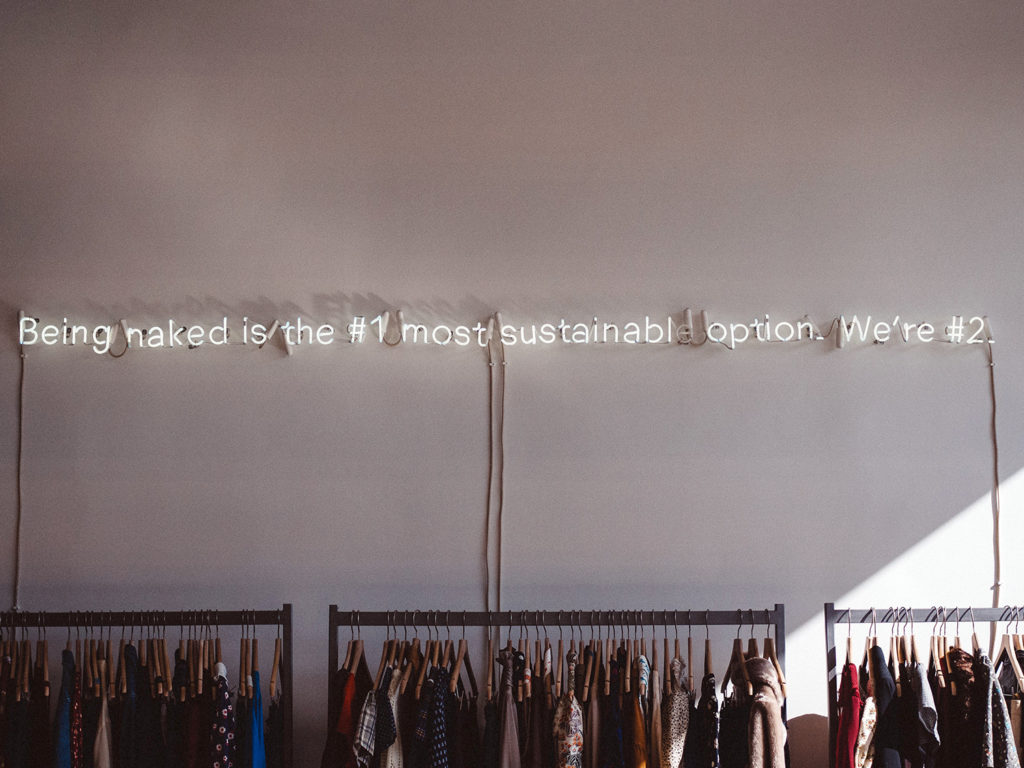
We talk a lot here at Product Care Recycling about the BUD Rule for buying paint. It is a great way to think about everything you buy:
Buy only what you need
Use everything that you buy
Dispose of the rest in the best way you can
Let’s focus on the B and U. Marie Kondo talks about getting rid of possessions that don’t “spark joy”, but once you’ve finished the decluttering process, it’s a great idea to become more mindful of what you let into your life in the first place – your “inflow”. If we buy fewer unneeded things, we save money, time, and live a less disposable life – which is good for us and the planet!
After decluttering, you may find you become more thoughtful about your purchases. There are many great ways to become more mindful about inflow like keeping a wish list, borrowing rather than owning, buying used, going on a no buy challenge, and practicing slow fashion, to name a few. Here are 10 ways to stop buying stuff you don’t need.
5. Don’t worry about being perfect – you’re already doing great!
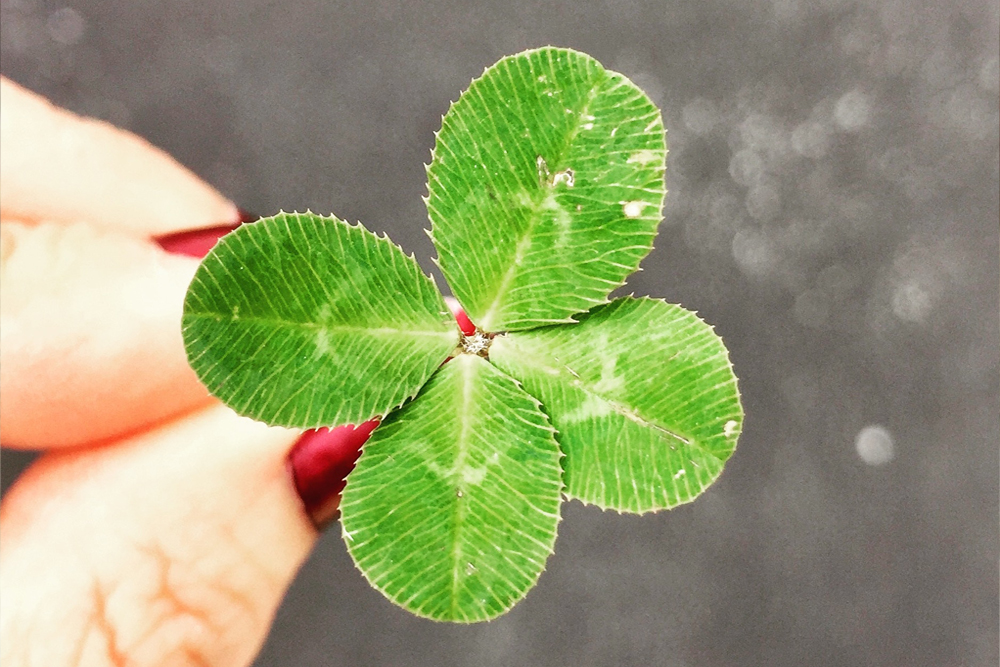
“We don’t need a handful of people doing zero waste perfectly. We need millions of people doing it imperfectly.” – Anne-Marie Bonneau of Zero Waste Chef
In Anne-Marie’s blog post, she provides advice for coping with guilt about not being truly “zero waste”. Similarly, Lindsay at Treading My Own Path discusses how to deal with your past purchases and decisions which were not as eco-friendly as you’d liked them to have been. Eco-friendly decluttering means facing up to what you own. While that may be difficult, know that you’re certainly not alone!
Many of us can feel a sense of guilt when we consider the impact our collective actions have on the planet. But, byy being thoughtful about your day-to-day decisions, you’re already doing great! After all, the right attitude is a tool that’s just as important as your reusable straw or shopping bag.
We hope these tips helped you see how an eco-friendly decluttering is possible. Don’t forget, if you have leftover household paint, recycle it through our program. We accept empty paint cans and many other types of paint products too, depending on your home province. We’d love to hear your decluttering tips – tell us about them on Facebook!
For even more on how to green your life, see these zero waste tips from our office.
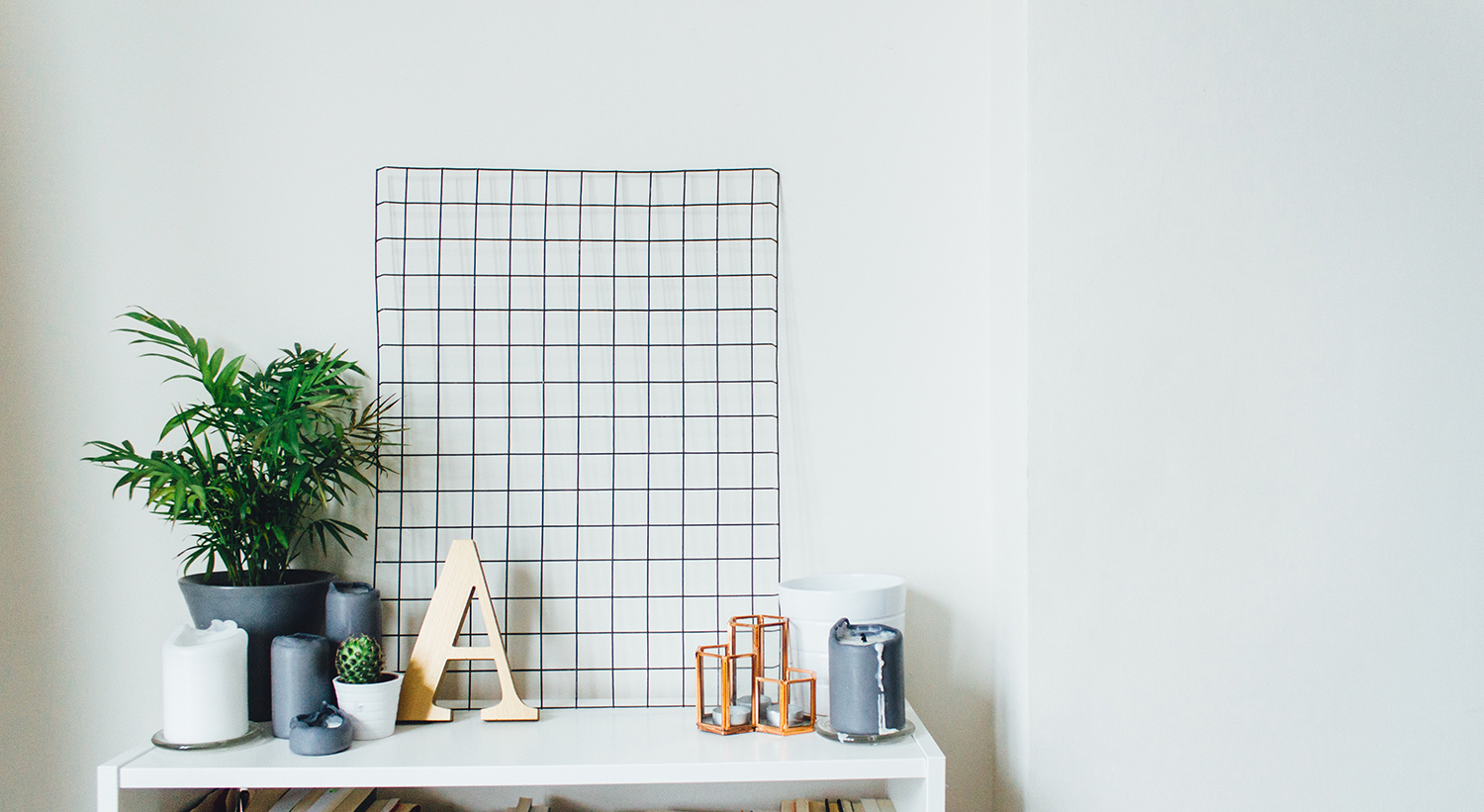



Comments